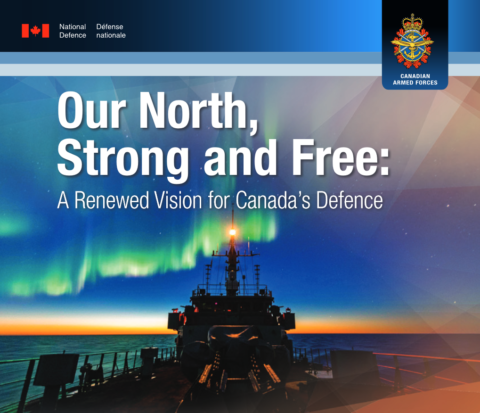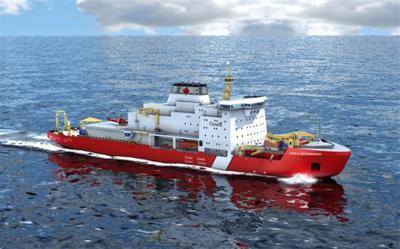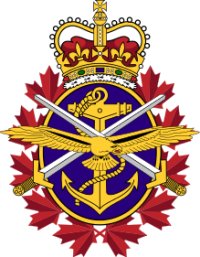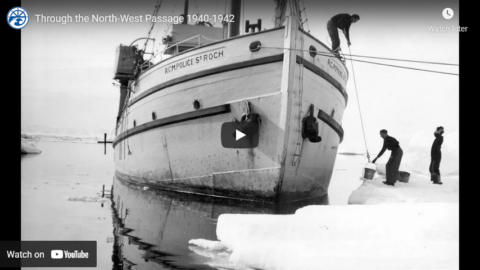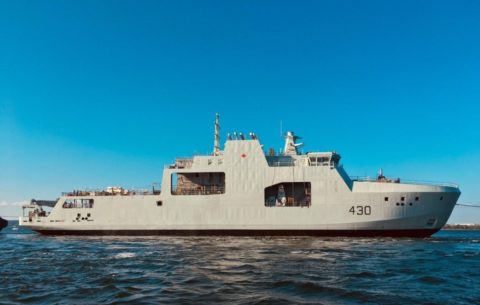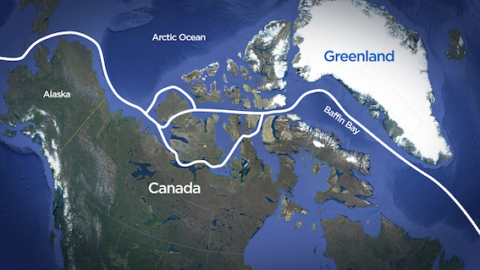In The Line, Michael Den Tandt considers the Trudeau government’s most recent update to Canada’s defence plans (where the cynic might be tempted to read “plans” as “vague gestures toward treaty obligations with no real intent to do more”):
… Among the more intriguing findings is that no likely economic path has China overtaking the United States in terms of global influence, between now and 2040. And all likely paths project a sharp decline in global population growth over the same period, including in China.
This is worrying, because declining population growth is a precursor to declining economic power, which in turn means declining military might, and also a tendency to lash out. As the American political scientist Michael Beckley has noted, there is a lengthy historical pattern of rising powers becoming expansionist when their initial economic boom slows. In a prolonged multipolar interregnum between the U.S.-led order that followed the Second World War, and whatever comes next, threats will continue to multiply. A capable military is essential to national survival.
Which brings us back to the federal defence update, and its raft of new spending, with $8.1 billion in additional funding by 2029-30, by which time Canada’s military spending will reach just under 1.8 per cent of GDP, with steady increases adding up to $72.3-billion by 2043-44. Commitments include ramping up recruitment, revamping procurement, new subs for the Arctic, tactical helicopters, new vehicles and long-range missiles, drones, a new Canadian Cyber Command, and more. There is a laudable commitment to developing reserves of ammunition.
The commitment — as was a prior promise, from 2022, to spend $38 billion on NORAD modernization over 20 years — is all to the good.
But the elephant in the room, when it comes to federal defence commitments, is that we’ve seen these before, from both major governing parties, with disappointing results. The purchase of new fighters for the Royal Canadian Air Force was first announced in July of 2010. The rebuild of the Royal Canadian Navy’s surface combatants, replacements for the 1980s-era frigates, was first announced in the fall of 2011. We don’t yet have either new fighter jets or new surface combatants. And the vast majority of funding outlined in the updated policy statement will be up to future governments. Net incremental new spending in 2024-25 is just $612 million.
There was a historical moment, not long ago, when Canadian military preparedness advanced at a wartime pace — when Canadian soldiers were fighting and dying in Afghanistan. From 2005 through 2010, the governments of Canada, initially Liberal, then Conservative, set about getting our soldiers the kit and equipment they needed. In short order the CAF acquired Chinook helicopters, Boeing C-17s and Hercules C-130 transports, and more. It is possible.
The great risk in building up Canada’s defences at a leisurely, peacetime rate, is that the days of leisurely, peacetime stability are over. The update can be counted as progress. But it needs a major infusion of urgency.

